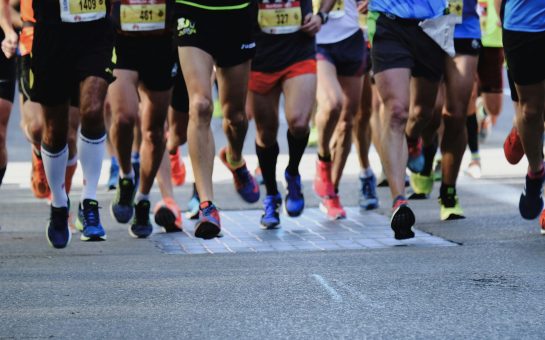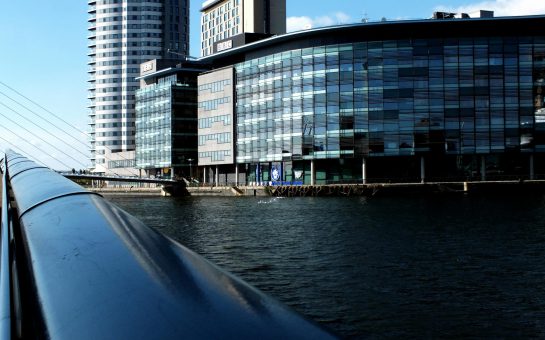What do Margaret Thatcher, David Gower, Samuel Beckett, Ronald Regan, Prince Joachim of Denmark and my wife Michelle have in common?
They all suffer from Dupuytren’s Contracture, a disease in which the fingers gradually curl over into a claw-like state, and which in extreme cases can lead to amputation.
The disease is named after Baron Guillaume Dupuytren, the surgeon who described an operation to correct the affliction in the Lancet in 1831. It is a progressive condition which decreases sufferers’ ability to grip objects and carry out simple day to day tasks.
Dupuytren’s is a genetic condition which affects eight times more men than women and is often, but not always linked with diabetes and epilepsy.
Whilst the condition is not usually painful it can have a significant impact on sufferers’ ability to do tasks which the rest of us would find pretty mundane.
Dr Mike Hayton, Consultant Orthopaedic Hand Surgeon at Wrightington Hospital in Wigan and the Alexandra Hospital in Cheadle, is a clear about the impact the condition can have on sufferers.
“The functional problems these people get include difficulty getting their hands in their pocket, poking their eye when they are washing their face, difficulty shaking hands and putting gloves on,” he said.
“All these things can obviously have a detrimental psychological effect on people. It can make people very self-conscious and not want to shake hands for example.
“Medical intervention will be necessary once it starts to cause problems and there’s no way to avoid the disease.”
My wife Michelle, a solicitor, has suffered from the disease for the last 12 years and so far as had a total of five operations on both hands.
“It can be painful and sometimes the only relief is if the affected area is massaged with a pain killing gel,” she said.
“When the fingers start to bend over I do become very self-conscious about it and try to keep that hand out of sight as much as possible because of the embarrassment of having to explain the condition to anyone who notices.
“On one occasion the middle finger of my left hand bent over to nearly touch my palm and that did cause me a number of problems even as basic as picking a box up or washing myself.
“The operations are obviously inconvenient and mean I’m limited in what I can do for a few weeks and it does make it more difficult to do my job as well as stuff around the house.”
I can vouch for that one although I am still trying to invent a way to peel potatoes one handed!
Anne Sjoukje Schurer, a vet from Wigan who helps run the Dupuytrens Society in the UK, was first diagnosed with the condition when she was 31, some 10 years after her first nodule appeared.
“In my case the nodules tend to be painful, But at the moment it does not stop me doing anything I want,” she explained.
“However, when my little finger was bent, I had a time when I could not work properly and when my right index finger was affected I had to limit myself at work and in my daily life such as writing, using a mouse on the computer, typing, using a knife and fork and all kinds of things don’t go as you planned if the index finger of your dominant hand does not want to move well.
“In that case the finger was affected differently as the nodule was growing on the back of the finger, over the knuckle, so I could not bend my finger properly.
“Since the operation that finger has stabilised, it is not quite straight and I can’t quite make a fist but I have enough movements to use it normal again. My handwriting has gone a bit worse though, even I have trouble reading it sometimes.”
Treatments are limited and until recently surgery was the gold standard treatment followed by physiotherapy to help to strengthen the muscles of the area that was affected. Some sufferers have also undergone radiotherapy and laser treatments to alleviate the condition.
Surgery has a number of drawbacks according to Dr Hayton: “Surgery is usually performed as a day case either under local or general anaesthetic. The disease tissue is removed and after surgery you get the hand moving quickly with a hand therapist.
“Most people require just one operation but it will recur in everyone if you live long enough. About 20% of people will suffer reoccurrence at about five years.”
Surgery is not always successful and there is a small risk of nerve damage. The more severe the deformity the harder the surgery is and the more difficult it is to get a good result.
In the last few years however, a new non-surgical treatment has emerged in the shape of a drug called Xiapex.
Dr Hayton explained the procedure: “Xiapex is an ezceme which dissolves protein, in this case collagen which is found in the cord.
“It’s injected on day one and then the patient comes back a day or two later and the surgeon straightens the hand under local anaesthetic. No surgery is required and there’s a much quicker recovery time.
“I’ve done more than 150 of these treatments so far and it is as effective for some people as surgery and they can be back playing golf, driving and back at work within four or five days.”
The new treatment is not yet available in all NHS Trusts and is currently being reviewed by the National Institute for Clinical Excellence (NICE) who hope to make a decision on whether the NHS as a whole should offer the treatment or not.
As for my wife, the trust that treats her does not yet offer the new treatment and she is recovering from her fifth operation in eight years.
Picture courtesy of Markus Kraxner via Flickr, with thanks.
For more on this story and many others, follow Mancunian Matters on Twitter and Facebook.



